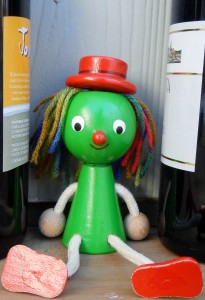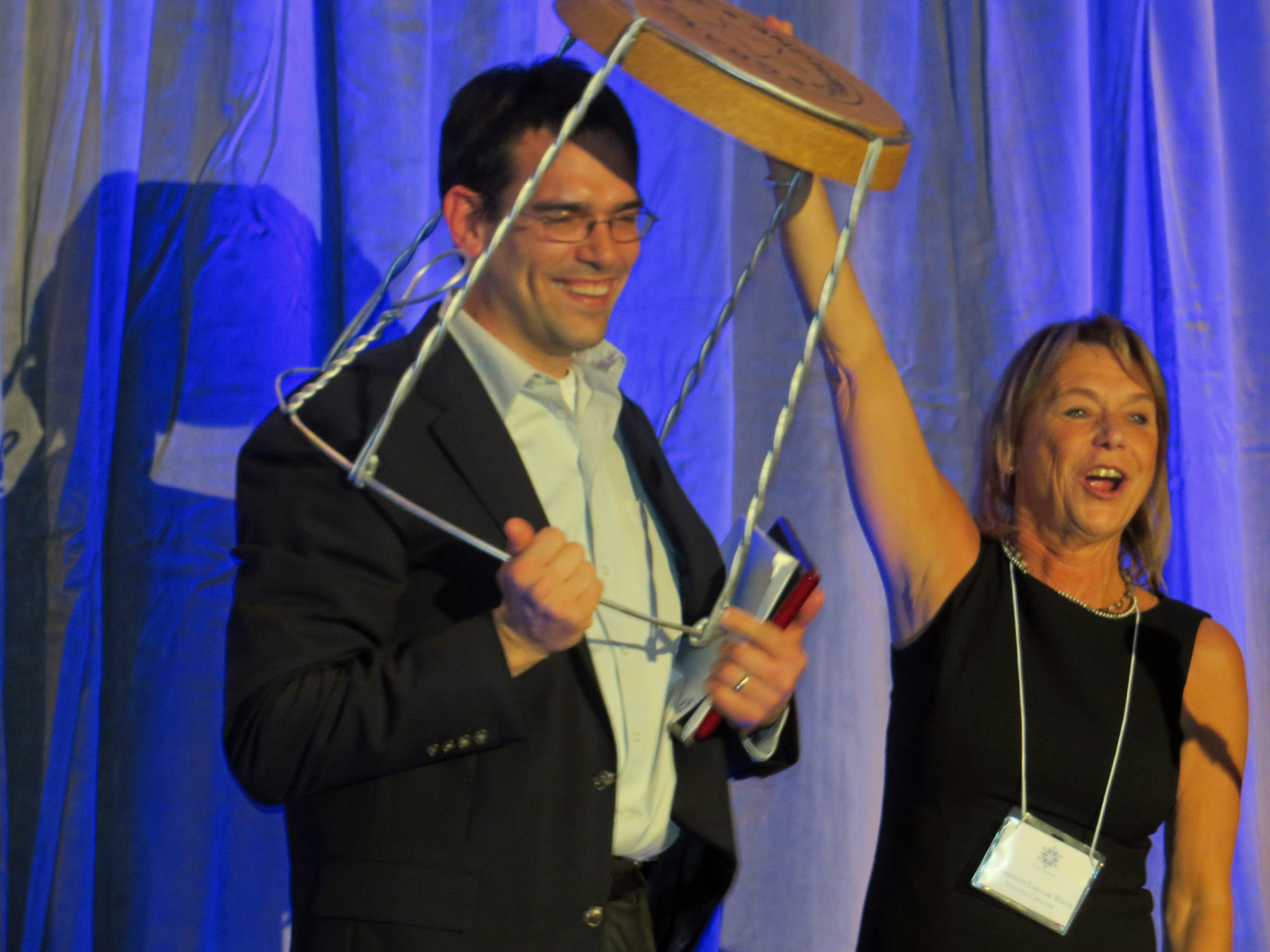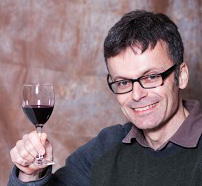B2B: Winery or Theme Park?
 The experience is everything. This idea is a dominant thread in the services sector, including the Midwest wine industry, where it’s the marketeering belief that you need to provide more than just a good wine to ensure customers return.
The experience is everything. This idea is a dominant thread in the services sector, including the Midwest wine industry, where it’s the marketeering belief that you need to provide more than just a good wine to ensure customers return.
The concept, true in part, may have gone too far. Across the Midwest there seem to be a number of wineries where the experience is more important than the wine. Of course, this may not be important if the aim of the Midwest wine industry is to be profitable any way it can. If distinctive, quality wine isn’t the objective. But is it sustainable?
When the experience is all the customers are coming back for – when the wine is like background music — is that really a good thing for the wine industry?
It does seem like the winery-customer relationship is a rubbery kind of thing — at least in the early years of a winery business. Many Midwest wineries opened for business in the last decade and the way they establish their customer base during this time seems to be very important for their future. Once that base is established, it could be hard to change.
At Belvoir Winery where I work part-time, the old buildings have a well-known reputation for being haunted. The Ghost Hunters program paid us a visit last year and we also have regular ‘paranormal’ tours led by our local versions of the Ghost Hunters team. The tours are very popular and a big draw for the winery. But being someone who loves wine, it does seem a little odd, even if it makes sense from a business perspective, that our reputation for ghostly spirits arguably overshadows our reputation as a winery.
That said, we are one of a number of wineries in our region that don’t actually bottle on-site, and only grow about 15% of the grapes that end up in our bottles. So are we a winery? Will we continue to be known as a winery if ghost tours continue to be a focus? Should we be called a winery? Does it matter?
I’ve been researching the history of the paintball industry which may have some lessons for the Midwest wine industry. Back when it started about thirty years ago, paintball was a survivor game played by men in their 30s or 40s with a disposable income. Today, according to industry experts, the target customer for paintball parks is boys aged 6 to 12 having birthday parties and parks are also encouraged to become ‘theme’ parks with something for everyone — especially mum, who has control of the credit card. The original paintballers have become a relatively small part of the market. To survive economically, the industry today is unrecognizable compared to how it started. But what happens when a better theme park opens nearby and the 6 to 12 year olds want to have birthdays there instead?
Is the Midwest wine industry faced with a similar fate? Are too many wineries pursuing economic survival tactics that may not be sustainable and that might shift the focus too far from making wine?
There is one thing that would keep certain customers interested in returning to their local winery — distinctive, quality wines made from local grapes grown on the winery premises. Midwesterners can find pleasant experiences at lots of places other than wineries. But only at a Midwest winery can they drink quality Midwest wine where it’s made and talk with the people involved in making it.
The million dollar question is: Are there enough customers interested in local wines to sustain all the wineries in our region? Probably not. Which means, at least for rural wineries, there does need to be more on offer than quality wine. Something that provides an extra reason for families to visit — it might just be a nice place to have lunch, it could be good pizza, possibly a ghost tour…
But if the objective is a sustainable Midwest wine industry that makes quality wine, the experiences offered at local wineries probably need to relate in some way to the winemaking. If that isn’t the case, in the near future, Midwest wineries may find that many of their customers are not really interested in wine, which will remove much of the economic incentive for improving the wine quality in our region.
Danny Wood is an editor of Midwest Wine Press and works part-time at Belvoir Winery in Liberty, Missouri.




This question of “what are we going to do to attract customers” is a problem in all wine regions, and the solution depends on the business plan and the pocketbook of the individual winery.
Our winery is in a relatively remote part of Virginia. There are the beginnings of a wine trail, but they are scattered about the region and calling it a trail is a bit of a stretch. In order to attract business, some have weekly or twice weekly “events” on a Friday or Saturday evening, effectively turning their tasting room into a bar to entertain the locals who sit there until closing time swilling sangria. Others have their own festivals throughout the year, or at least once a year.
The wine festival is an out of control beast here; every town thinks having one is a good idea as a fund raiser, and many of the same wineries participate year in, year out, serving not very good wine which, sadly, tarnishes the reputation of the industry as a whole because if this is a consumer’s first exposure to Virginia wine, it can be a big turn-off. And I speak from experience — after attending a Virginia wine festival some years ago (before getting into the business), there was so much undrinkable plonk served I wouldn’t try a another Virginia wine for years.
Then we have the wineries that are more fronts for a wedding business. We know of one that was purpose-built to be a wedding/entertainment facility; where the wine is secondary and is made for them using a custom crush.
Having to pay the bills I do appreciate the siren’s call of easy money, but we are trying to build a sustainable business based the sale of quality wine, so we grow cautiously, avoid debt, and try to be realistic about the business.
We look to other regions for inspiration. Napa is an obvious one, where weddings are prohibited at wineries (for example) and certain activities are curtailed in the name of preserving and promoting the brand. I wish the Virginia industry would take a similar stand, but the economic reality of making the industry sustainable takes precedence. In some counties the local supervisors try to rein in some of these activities via zoning regulations, and a few have ended up in court — these are just reminders that we need to be good neighbors, too.
A new region, I suppose, benefits from the diversity offered by all of these activities and attractions. Sure the marketplace might be big enough to allow all of them (for now), but in the end if the wine isn’t good, the wineries will close because they can’t sell it. I totally agree that the tourist experience needs to relate to winemaking. I suggest that combination of food and wine, because great restaurants in wine regions will attract a different kind of clientele and create a synergy that will make both businesses sustainable.
I agree that this does seem like a slippery slope. The goal should be to pull in potential wine drinkers and educate them on the wine. If it’s possible to successfully transition paranormal tourists to the tasting room and interest them in the wine, then that’s a win. If that is not happening, then there’s a bigger problem and the relevance of the venue as a winery will diminish.
BRIDES OR BOTTLES. Could not agree more. Many wineries have turned themselves into Wedding and Entertainment Centers. Just go to their web pages and you’ll see pictures of brides, not wine. Compounding the problem, several Entertainment Centers have opened up and decided to stick the name WINERY on the door to cash in on the trend.
The only hope for a real wine maker is to make better wine. The alternative is to give in and become a wedding planner. Does any real wine maker want to do that??